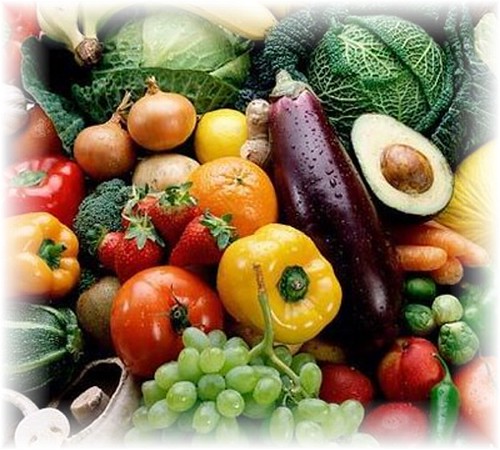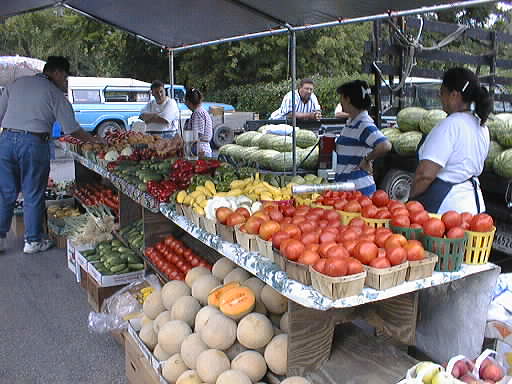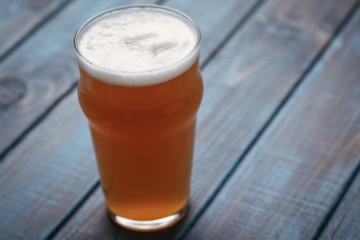How to Properly Shop for Good Produce

Buying produce can sometimes be stress inducing. We want to believe that all of our food comes from a clean farm with smiling faces, sunny skies and plants that were grown out of the ground. Unfortunately, most of the time that’s not the case. Various sources have made it easy for us to believe that in order to eat well, eat on a budget and eat reasonably that we need tons of zeroes in our bank account, and tons of time on our hands. But the truth is that you don’t. With a little effort and research, it is easy to not only make your diet healthier but to spend less money.
Half the time, you head to the store, pick up the best looking things you can find, and you don’t really think twice, do you? Shrugging at prices, quality and availability is commonplace when in a grocery store and that comes from a variety of factors
Our Culture: We have been driven to believe that in America, it is possible to have anything you like as long as you have money. Got paid today? Lets buy the bottle of Bulleit instead of the bottle of Jim Beam. Turned over a big accomplishment? Lets break out the champagne instead of beer. We as Americans believe that no matter what the cost, we can get exactly what we deserve, whenever we want.
Food Culture: Because of the varieties of ways that our food is produced, it is easy to get confused about where it comes from. It’s also easy to get confused about why prices fluctuate, why things get pulled off the shelves and how we as eaters fuel the market.
Demand: Despite what you anorexics may believe, food is vital to us. We need it to survive, and food companies know this. Like oil or water, food is a commodity that can be marketed for better or for worse.
Produce, like any other industry, is a business. And how do you expect to save money if you’re not quite sure on how to navigate it? I’ve come up with a list that should be both helpful in getting to know your shopping styles when visiting the grocery store, as well as ways to save money and hopefully put great things in your bodies.

Famers Marketing like a motherfucker
First of all, there are some rules:
Never pay more than you have to: Despite the conveinence of big grocery store chains, they offer little in the way of saving money. You may think you’re getting a great deal, but 9/10, they are selling you spoiling produce or food at a discounted price. Honestly, buying fresh produce often costs almost the same and wastes a lot less in the long run, as long as you know where to buy it.
Never buy anything in a bag unless it comes from a farmer: If its in a bag, how fresh do you think it really is? Think about it.
Always shop in season: That guarantees the cheapest and ripest products around!
So here are the basics. Here are foods that are generally found cheaply and in abundance in all parts of the U.S., all year round:
Bananas, carrots, celery, eggplant, kiwi fruit, lemons, limes, mushrooms, onions, pineapple, potatoes, radishes, and watercress.
Part of being a broke-ass is working with what you have, right? Sometimes, we all can’t afford what we want, but we can always afford to feed ourselves. Luckily during the summer, great stuff is in large amounts and we can all benefit. Though the difference in produce availability varies from California to New York, here are some similar things that you can find during summer no matter where you are:
Summer squash, tomatoes, avocados, okra, green beans, most berries, peas, watermelon, corn and zucchini.

Now lets say you’re at the grocery store, and you’re not sure which one should make it into your shopping cart and onto your kitchen table. Here are some tips on how to pick your dinner properly:
Always reach for bright colors: Never pick something that is graying or discolored. Strawberries are colored red for a reason!
Wrinkled, bruised, cracked and impacted produce can indicate spoiling: Though this isn’t always the case and much of your produce can still be used, it is best to use your judgment. If it doesn’t look like it should, you probably shouldn’t be eating it.
Avoid any foreign smells.
Keep in mind that produce is meant to be consumed while fresh, so buy it as close to your meal as possible: Though modern technology has allowed us to slow down the speed of growth in our food with refridgerators, it is still advisable to use all of your fruits and veggies, as well as the leftovers, sooner than later.
Finally, what are the best ways to access the best produce in the cheapest ways possible? Here are a number of options:
Visiting your local famers market: When you visit the USDA’s website, they can help you find all of the local markets in your area, where you can buy produce directly from the farmers. This often results in your produce being cheaper, since transportation and other fees are avoided because of the closeness of the product. It also helps ensure that farmers stay in business so they can sell to you every week.
Joining a CSA: This option is definitely for those that are lazy and not sure where to take direction. A CSA is a group of people that work together in order to provide healthy food to all those involved, and to help keep produce locally sourced. Basically, they take the best of their harvests at any time of the year, pack a bunch of it in a box for you and send it your way. The National CSA Database is a website that helps you find a list of local CSA’s in your area that will provide either delivery or pick up services for you to get your goodies. Though each business is run differently, there is still the same basic service of transporting the farm to your kitchen.
Starting your own garden: Though this may be unrealistic for most of us with our shoebox sized apartments, urban gardening is its way up and is starting to grow bigger by the second. Even if its just a windowsill spice garden, taking care of your food and nurturing it for just a short amount of time a day will not only save you money [uh, goodbye paying $3 for a small pack of fresh basil every time you go to the store!] but get you in the mindset of feeling what exactly fresh food looks, feels and tastes like. Sadly, most of us don’t really know what that is. This tutorial was one of the best and most informational I’ve found, and can help give you an idea of what you’re in for. Lots of work, but produce ends up being free and its rewarding to know you grew your own food.
For a list of foods and recipes that go with them that are available by state and with the seasons, visit this website.
For more information and resources, check out this website.
photos from RockyMountainGreenhouses.com, orlando-blogger.com, MmmunchOnThis.









